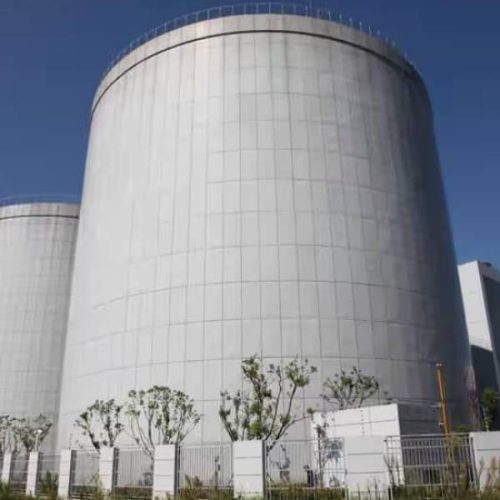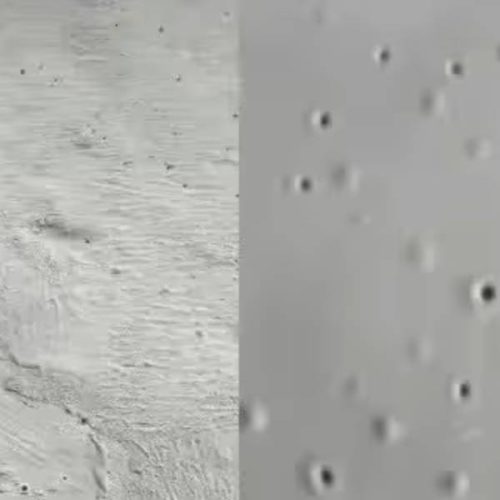The Evolution of Polyurea: From Aromatic Spray Polyurea to Polyaspartic Polyurea
Polyurea is an elastomeric substance produced through the reaction between an isocyanate component and an amine-based compound. Polyurea is classified into pure polyurea and hybrid polyurea, each with distinct properties. Polyurea is known for its core qualities of corrosion resistance, waterproofing, and abrasion resistance.
Polyurea's applications are vast. Polyurea's application distribution is as follows: 60% for concrete protection, 15% for truck bed lining, 10% for steel structure corrosion protection, 10% for roofing waterproofing, and 5% for other uses. As a protective technology, polyurea primarily serves four domains: waterproofing, corrosion resistance, abrasion resistance, and surface decoration. For instance, its application in pipeline corrosion protection was among the earliest and remains one of the largest sectors. Other applications encompass steel structure corrosion protection (especially dock steel pile protection), impact-resistant materials (marine buoys, chord protection), nuclear power plant protection, military applications, such as tank chassis and bulletproof helmets, swimming facilities, and more.

Polyaspartic polyurea, a type of polyurea, represents the third generation of this material.
Polyurea has evolved through three generations: aromatic spray polyurea (first generation), aliphatic spray polyurea (second generation), and polyaspartic polyurea (third generation).

First Generation: Aromatic Spray Polyurea
Advantages:
- Spray polyurea technology allows for room-temperature application, a revolutionary “universal” coating technique. Due to its rapid curing, there's just a few minutes of interval between layers. It can be applied on vertical surfaces without dripping. For instance, 1000 square meters can be completed in just 6 hours and be ready for use in 2–3 hours.
- Adhesion: With appropriate priming, spray polyurea exhibits robust adhesion, achieving strengths over 13.6 MPa on steel components, comparable to epoxy materials.
- It offers superior flexibility compared to epoxy materials, providing resilience to alternating pressures.
- Polyurea coatings exhibit tenfold abrasion resistance compared to carbon steel and 3–5 times that of epoxy resins. Hence, it's frequently used for heavy-duty industrial floors with regular human or vehicular traffic.
- It boasts a good elongation rate, promising a longer life than epoxy.
- Exceptional impact resistance and resistance to fatigue damage.
- Outstanding water resistance, fatigue impact resistance, and corrosion resistance, particularly in harsh marine environments.
- Polyurea coatings cure entirely through chemical reactions, resulting in a dense, seamless coating free from defects such as pinholes, bubbles, or shrinkage.
- Superior resistance to cathodic peeling.
- Heat and oxidation resistance: Post-oxidation, polyurea coatings undergo additional curing, which enhances their strength.
Limitations:
- Susceptibility to yellowing, requiring specialized equipment for application, which is capital intensive. Moreover, aerosolized material during application can be harmful.
- Rapid curing can sometimes compromise overall adhesion.
While the second generation made some improvements, it still fell short of expectations.
The development of third-generation polyaspartic polyurea addressed these challenges and simplified the application process. Polyaspartic polyurea is the result of a reaction between modified isocyanate prepolymer and polyaspartic ester (commonly referred to as polyaspartic resin).

Distinctive features of Polyaspartic Polyurea compared to aromatic and aliphatic polyurea include:
- Adjustable reactivity, with gel times ranging from 2–130 minutes. This versatility expands the application domains of polyurea products and simplifies their application.
- Extended gel times enhance the material's wettability on substrates, thereby improving adhesion.
- The structural modification of the resin forms a coating with superior tensile strength, elongation at break, and abrasion resistance.
Benefits of Polyaspartic Polyurea:
- Exceptional weathering, aging, and UV resistance. It can remain exposed outdoors for years without aging or powdering. Even after 4,000 hours of QUVA testing, its performance retains over 95% of its original quality.
- It can be applied by hand brushing, rolling, or spraying, ensuring ease of application.
- Strong adhesion prevents coating detachment and failure.
- The elastic layer of the Polyaspartic Polyurea system remains unaffected by temperature fluctuations, preventing cracks and maintaining consistent adhesion.
- Outstanding low-temperature resistance, with the coating remaining intact even at -35°C.
- It integrates waterproofing and decorative functions, achieving desired visual effects.
- Strong resistance to acids and bases. When immersed in a 5% H2SO4/NaOH solution for 30 days, the coating remains undamaged.
- It provides both protection against and decoration for surfaces.
- It is environmentally friendly, safe, and free from harmful VOCs.
Feiyang has been specializing in the production of raw materials for polyaspartic coatings for 30 years and can provide polyaspartic resins, hardeners and coating formulations. Some of our polyaspartic coating formulations: Polyaspartic Coating
Feel free to contact us: marketing@feiyang.com.cn
Our products list:







